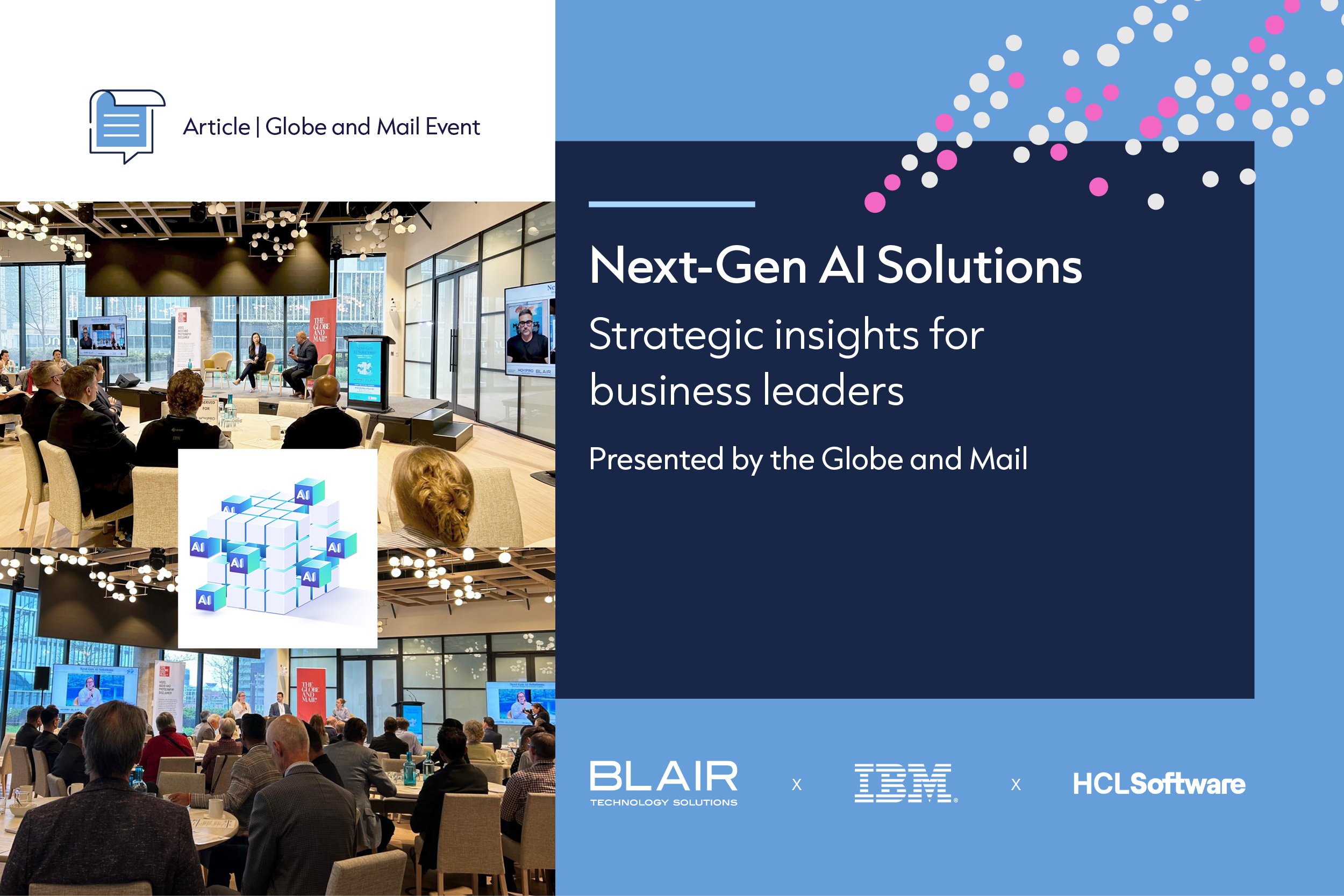In the ever-changing realm of customer interaction, the fusion of Artificial Intelligence (AI) and Customer Experience has emerged as a transformative force. According to a recent study by NOVIPRO Group and Leger's 7th edition of IT Trends (2023), 21% of Canadian companies planning to invest in AI are doing so with a singular focus – to enhance the customer experience. This statistic underscores the pivotal role that AI plays in shaping the contemporary marketplace, ushering in a new era of tailored interactions and heightened customer satisfaction.
As we examine the landscape of AI in customer experience, our focus lies on understanding its intricacies. AI not only offers personalized experiences but also requires a thoughtful exploration of the delicate equilibrium between innovation and inherent complexities. Throughout this analysis, we will objectively explore how AI contributes to and, at times, poses challenges in achieving the desired level of personalization in the customer journey. As businesses increasingly adopt AI to enhance their customer interactions, recognizing the intricate interplay between technology and human touch becomes crucial for achieving a seamless and gratifying customer experience.
1. AI and Personalization: A Double-Edged Sword
Artificial Intelligence (AI) has undoubtedly revolutionized customer experience by offering enhanced personalization. The allure of tailored interactions, however, comes with a caveat. While AI excels in many aspects, it is imperative to acknowledge that it is not an infallible solution. In navigating the landscape of AI-driven personalization, businesses must be attuned to both its advantages and inherent limitations.
2. Successes of AI in Personalization
The success of AI in personalization lies in its sophisticated models that can adeptly anticipate and meet customer expectations. Through intricate algorithms, AI elevates customer experiences by delivering more relevant and satisfying interactions. The nuanced understanding of user behavior empowers businesses to tailor their offerings in alignment with individual preferences.
In the realm of personalized customer experiences, Netflix stands out as a prime example. Through sophisticated AI algorithms, Netflix analyzes viewing history, preferences, and behaviors to offer tailored content recommendations. This proactive approach enhances user satisfaction and retention, showcasing how AI can elevate personalization in the entertainment industry.
3. Precision Limits: When AI Makes Mistakes
Despite its prowess, AI is not immune to misinterpretations. Instances where AI inaccurately deciphers user signals can lead to personalization errors and potentially result in disappointing customer experiences. It is crucial for businesses to be cognizant of these limitations and implement strategies for error mitigation.
A compelling example of AI precision limits comes from YouTube's algorithm. Despite customer feedback mechanisms, a report by Technology Review (September 2022) revealed instances where the platform's recommendations failed to align with user preferences. This underscores the challenge of AI in accurately interpreting feedback and tailoring recommendations, emphasizing the ongoing need for refinement in algorithmic decision-making. The YouTube case serves as a pertinent reminder that even sophisticated algorithms encounter hurdles in fully understanding and addressing user preferences.
4. Chatbots: Between Swift Responses and Potential Confusions
Chatbots, powered by AI, provide instantaneous communication but may encounter challenges in accurately interpreting user intentions. This highlights the irreplaceable role of human touch in certain scenarios. Striking a balance between AI-driven efficiency and human intuition becomes paramount for seamless customer interactions.
5. E-commerce Personalization: Relevant Recommendations, Yet Not Infallible
In the realm of e-commerce, AI excels in delivering precise product recommendations. However, there are instances where AI may fall short in understanding the nuanced preferences of individual users. Acknowledging these nuances is vital for businesses aiming to provide a personalized and satisfying online shopping experience.
To show the limits of AI recommendations, let’s take a look at our previous example, Netflix. Despite its success, instances were reported where users received recommendations incongruent with their viewing habits. This highlights the complexity of predicting individual preferences solely based on past behavior, emphasizing the ongoing challenge of perfecting e-commerce personalization algorithms.
6. Delicate Balance: AI and the Human Element
Maintaining equilibrium between AI automation and human interaction becomes a necessity. While AI streamlines processes, the human touch adds a layer of understanding and empathy that is indispensable in certain customer-centric situations. Striking the delicate balance ensures a harmonious fusion of technology and personalized service.
Erica, Bank of America’s virtual assistant, exemplifies this delicate balance. If Erica falters in understanding a query, clients seamlessly transition to human agents. Once resolved, the interaction returns to Erica, showcasing a dynamic hybrid model that leverages AI efficiency and human expertise for optimal customer assistance in the financial domain.
In the evolving landscape of AI-driven customer experiences, the delicate balance between innovation and complexity demands thoughtful consideration. While AI promises unprecedented personalization, it is not without pitfalls. From AI's successes in anticipating customer expectations to its challenges in precision and potential data privacy concerns, businesses navigate a nuanced terrain.
As exemplified by real cases in e-commerce and chatbot functionalities, the quest for perfection in personalization encounters hurdles. Yet, these challenges pave the way for continuous improvement. Future trends promise advancements, offering solutions to current limitations and elevating the efficacy of AI in shaping customer interactions.
Practical insights, drawn from examples like product recommendations and algorithm intricacies, underscore the importance of leveraging AI with caution. A nuanced approach recognizes the strengths and limitations, emphasizing the need for ongoing refinement and adaptation.
Moreover, the persistent challenge of data privacy in AI reinforces the imperative of robust measures. Striking the right balance involves embracing future trends, leveraging AI with caution, and ensuring stringent data privacy safeguards.
In conclusion, the trajectory of AI in customer experience hinges on a delicate equilibrium. As we anticipate continuous improvement, practical tips guide businesses to harness AI's potential responsibly. Addressing challenges, from precision limits to data privacy, will fortify the foundations of a seamless, secure, and truly personalized customer journey.









